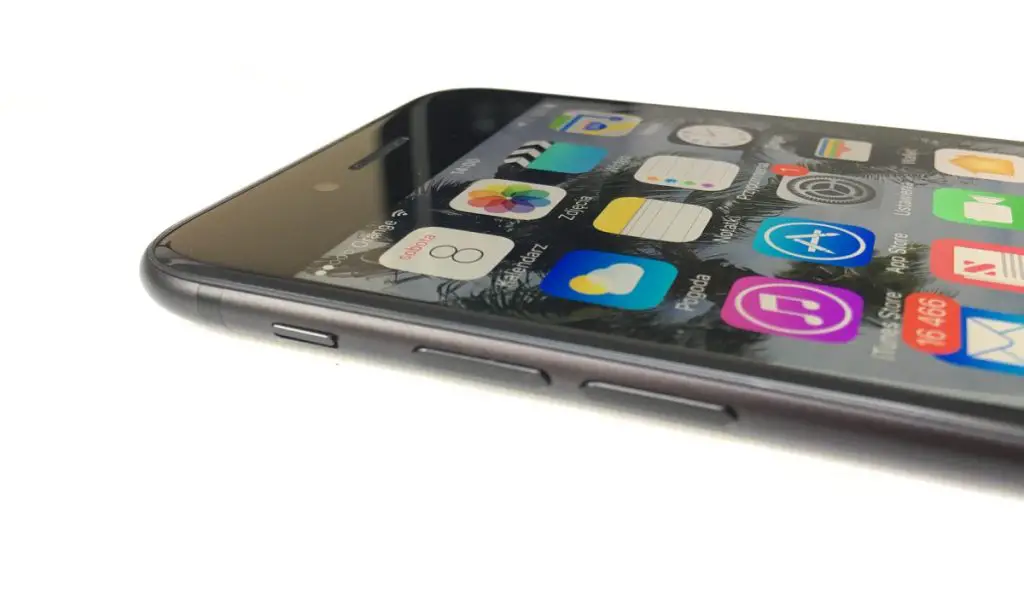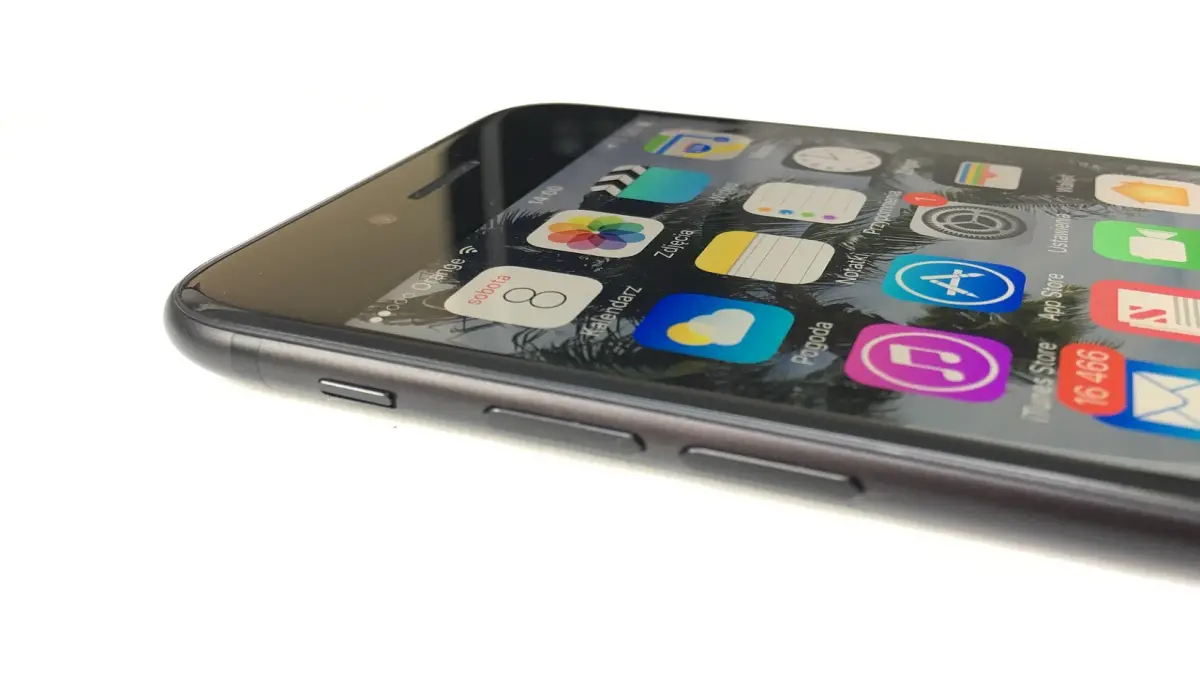After using your iPhone for a while, there’s a good chance that the majority of your storage space has already been consumed. The reason for this is typically the large number of installed programs and the gigabytes of data each app uses, especially media and instant messaging apps.
There’s a particular category under each iPhone app called “Documents and Data,” which eats up a large storage space without an obvious option to erase it. You’ll typically find this category if you examine the storage space for a specific app.

If you’re curious as to what this category is, you’ll find out in this guide. We’ll also show you how to delete iPhone documents and data so that you can successfully free up needed space on your device.
What are iPhone Documents and Data?
The data that an app saves each time it is accessed or used is referred to as the “Documents & Data” folder on your iPhone. It might contain cached data, cookies, temporary files, logs, database files, and other app-specific data in addition to browser history. The application typically stores these files so they can be opened quickly and effectively when you launch them.
However, when you use the app over time, a collection of these files accumulates in the “Documents & Data” folder and takes up a sizable amount of space on your device. As a result, your iPhone can become sluggish or struggle to store new pictures, movies, audio files, or applications. When this performance lag starts to show up more frequently, then you know it’s time to delete iPhone documents and data.
If your iPhone doesn’t have enough storage, it automatically makes room by deleting temporary files and cache. This will most likely be insufficient to create adequate storage, hence, we have described below how to successfully delete iPhone documents and data.
How Can I Delete iPhone Data and Documents?
Unfortunately, there isn’t a built-in feature in iOS that allows you to delete iPhone documents and data. Don’t give up just yet though, there are other options that can be used, so you can successfully free up storage space on your device. Here are two methods you can try:
Method 1: Use the Settings App to Delete iPhone Documents and Data
The first option is to identify the program using the majority of your storage and remove any unnecessary documents and data. This is how:
- On your home screen, select Settings
- Navigate to General
- Head to Usage
- Select Manage Storage
- Select the application with the highest storage usage.
You’ll be able to check from here if an application’s documents and data are using up too much storage. To clear them both, click on Documents & Data and then tap Clear Data.
Method 2: Delete the app and install it again
This is another great option, as it totally assures that you delete iPhone documents and data for good and release much-needed storage space. This approach simply involves deleting and reinstalling the app in question. Although simple and straightforward, you’ll find that it’s a more effective way to delete iPhone documents and data successfully. This is how to get it done:
To find the affected app, go to Settings > General > iPhone Storage and choose it from the list.
Tap Delete App in the details view, then choose Delete App from the pop-up to confirm. On iOS, you can also remove an app by long-pressing its icon in the App Library and choosing the option to “Delete App” from the pop-up menu.
Go back to the Appstore and download the application once again after that. Return to Storage settings after you’re finished, and look in Documents and Data for the reinstalled program. There will be a noticeable difference in the amount of storage space.
A quick word of warning though; undeniably, it’s good to delete iPhone documents and data if you’re running out of storage space. The disadvantage, however, is that if you do not back up crucial data, you may lose it forever.
As a result, before you delete iPhone documents and data, be sure that the vital data inside the program can still be restored later if necessary. This is not a concern for entertainment apps, but for apps that save sensitive data, such as WhatsApp or iMessage, make a backup first.
Finally, even though it’s also possible to delete iPhone documents and data from iCloud, we advice that you avoid this unless you are certain it contains nothing vital.
In summary, it’s pretty easy to delete iPhone Documents and Data using the techniques we’ve described in this guide. But to be safer, be sure to back up your data in case you’ll need it again.

